My real, unbiased review of The Treatment Rooms: London’s “patient-focused” hair transplant clinic
At a glance
Pre-treatment consultancy
Treatment
Post-treatment aftercare
Cost
Overall value for money
"The Treatment Rooms offers an ultra-premium hair transplant service for a premium price. If you’re willing to spend a little more for peace of mind, I’d fully recommend them."
Update! After reading my review, The Treatment Rooms loved it so much that they reached out to me to offer priority slots for an initial consultation to any of our readers who enquire with them — and they usually have a four-month waiting list! Click here to make a free, discreet enquiry (just mention this review when you book your free consultation).
It was the loss of confidence, not the loss of hair, that really hit me when I started balding.
I have a history of male pattern baldness in my family, so when I started to lose my hair, it wasn’t exactly a shock.
But the impact it had on my self-esteem caught me off guard.
If you’re also losing your hair, you’ll likely be familiar with a few of the techniques I used to try and disguise it:
- Hats (of varying styles, but mostly baseball caps, beanies and, on one particularly regrettable occasion, a trilby)
- The Trump-style comb-over
- Shaving it all off (I just don’t have the scalp to pull it off)
None of them worked. I wanted a proper, permanent solution.
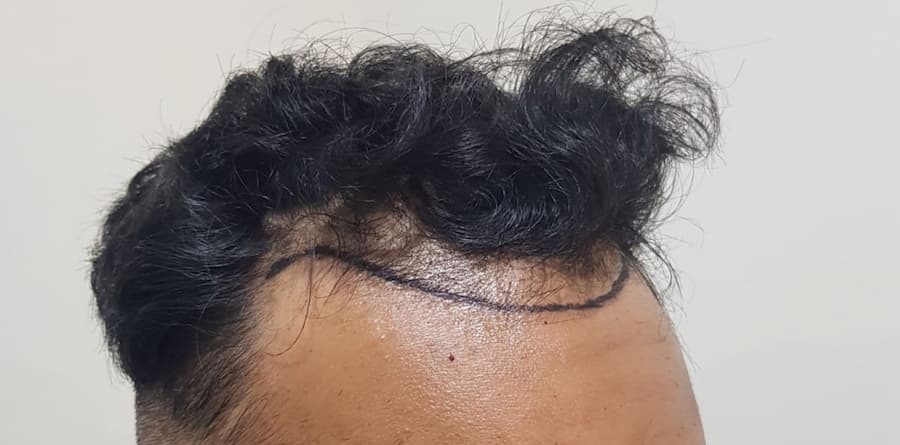
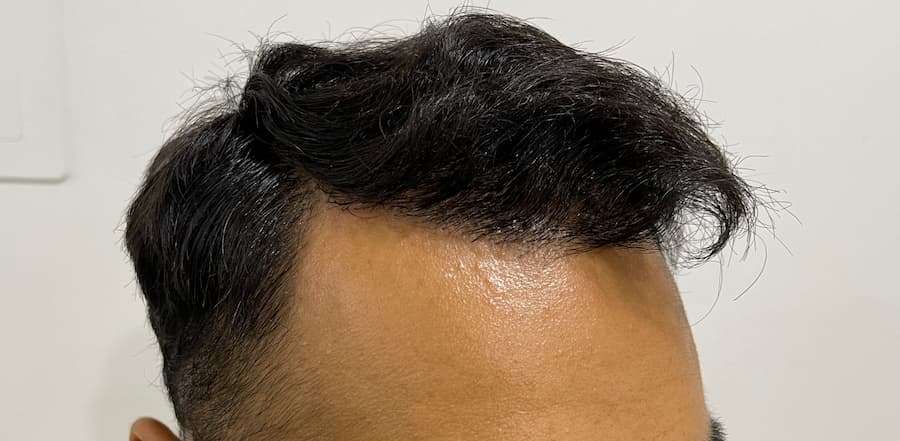

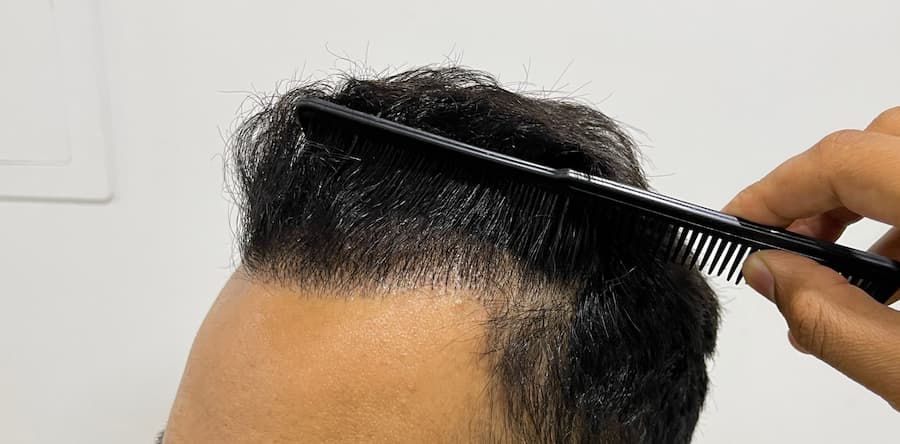
Aren’t hair transplants dangerous?
When a colleague suggested hair transplants, I was about as cynical as you probably are reading this. Aren’t hair transplants at best, a bit dodgy and at worst, dangerous?
Well, if you’re willing to pay extra for some peace of mind (if you haven’t already guessed, I was), it turns out that no, hair transplants aren’t dangerous. They’re actually transformative.

Why the Treatment Rooms
As someone who had no prior knowledge of what to look for when weighing up the various UK-based hair transplant options, there were a few key reasons why I approached The Treatment Rooms.
Firstly, they’ve got a Youtube video titled “What is a FUE hair transplant?” with over 1.8m views. Whilst views don’t always equate to authority on a topic (the baby shark dance has surpassed 10bn views, after all), this felt like a pretty promising sign.
Further digging into their Youtube channel revealed testimonials (like this one from Dan), before/afters and interviews with Dr Fernando and Dr Vara, who, aside from knowing their stuff, also seemed like genuinely nice people (which, as it turns out, they are).
The first appointment
Confession time: I don’t like needles.
Even with my limited knowledge of the hair transplant procedure, I was pretty sure this was going to be a problem. It was the thing I was most worried about, to be honest.
But from the moment I rang up The Treatment Rooms, they were calm, reassuring and discrete. I actually met with Dr Vara in my first appointment, who talked me through the entire procedure and exactly what I should expect to see in the days, weeks and months that followed.
He also had lots of patience for my questions —- most of which were probably silly —- and told me about Finasteride.
What is Finasteride?
That was my question, too.
Dr Vara explained that for the best results, I’d still need to manage my ongoing hair loss. Yes, the process is impressive, but it can’t recover hair that hasn’t fallen out yet.
Finasteride is a medication that helps prevent hair loss in male pattern baldness and preserves hair transplant results for longer. Dr Vara explained that it has side effects, but that these are pretty rare, particularly if I took the recommended dose. I decided to think about it.
A no-pressure hair transplant consultation
After that, he explained that I’d need around 1,340–1,560 grafts which, based on my Googling prior to the appointment, sounded about right.
The best thing about this consultation is that I was under absolutely no pressure to commit to anything. Dr Vara asked me to go home first and think about everything we discussed before deciding to go ahead.
You’ve probably already figured out that I eventually decided to go ahead. I wouldn’t be writing a review about them otherwise.
After we’d agreed on a date for the transplant, Dr Vara and his team sent me a handy guide that reiterated what I should expect from the procedure, how I should prepare, how long it would take — everything I needed to know.
This was great as it answered any remaining small questions that I hadn’t managed to ask during my appointment (you always think of a few immediately after leaving, right?).
Does getting a hair transplant hurt?
Despite all the prior reassurances, I was still pretty jittery come the big day.
My main concern was still the pain element. Spoiler alert: there was a bit of pain, but not from the transplant itself.
Instead, the only pain I experienced was from the anaesthetic injections and, whilst they did pinch, it was nothing unbearable.
They also helped to ease the pain with this fancy gadget, which was essentially a massage wand that apparently works by distracting the brain and changing how pain signals are received. Clever.
Afterwards, the pain was minimal.
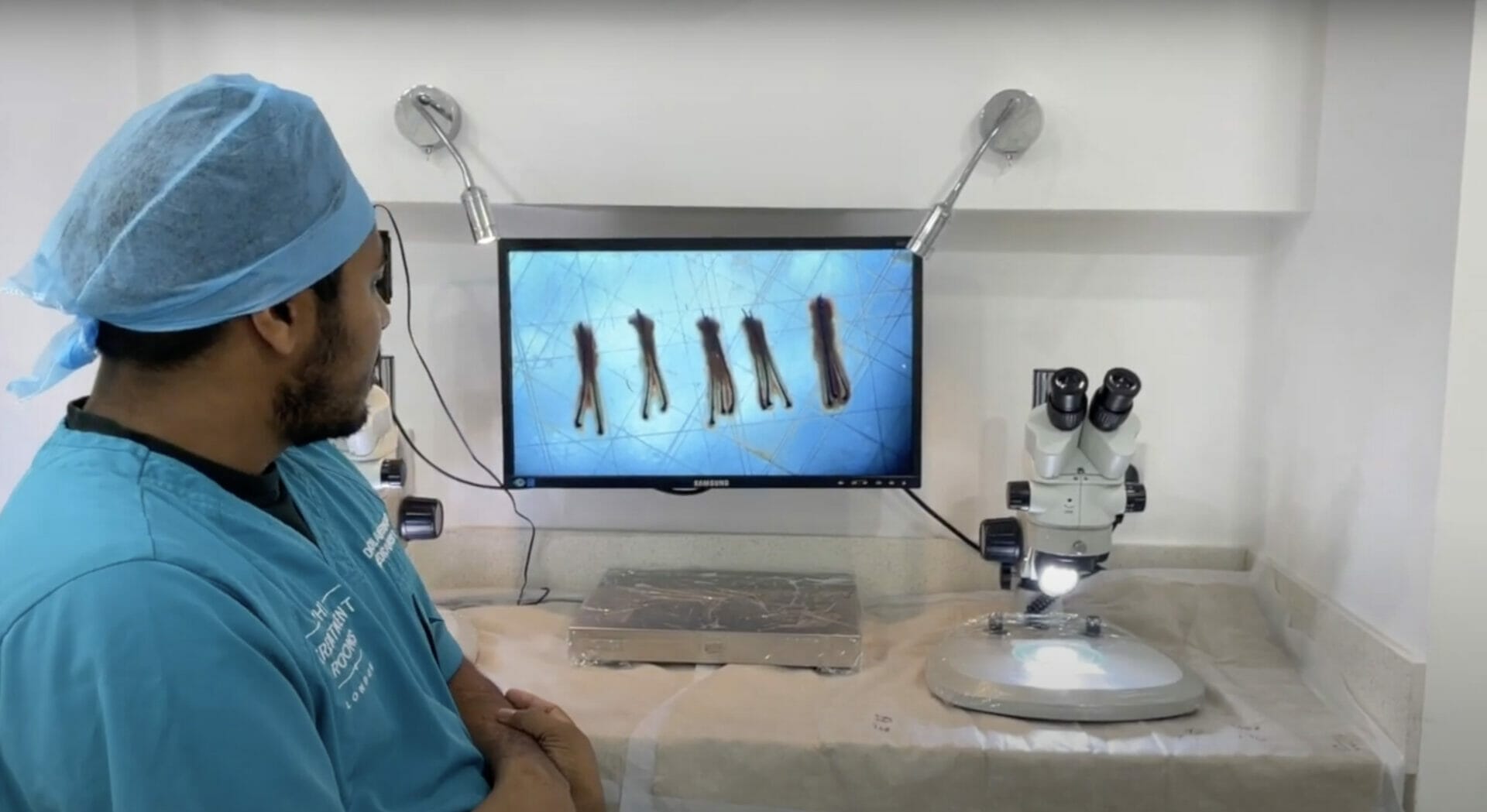
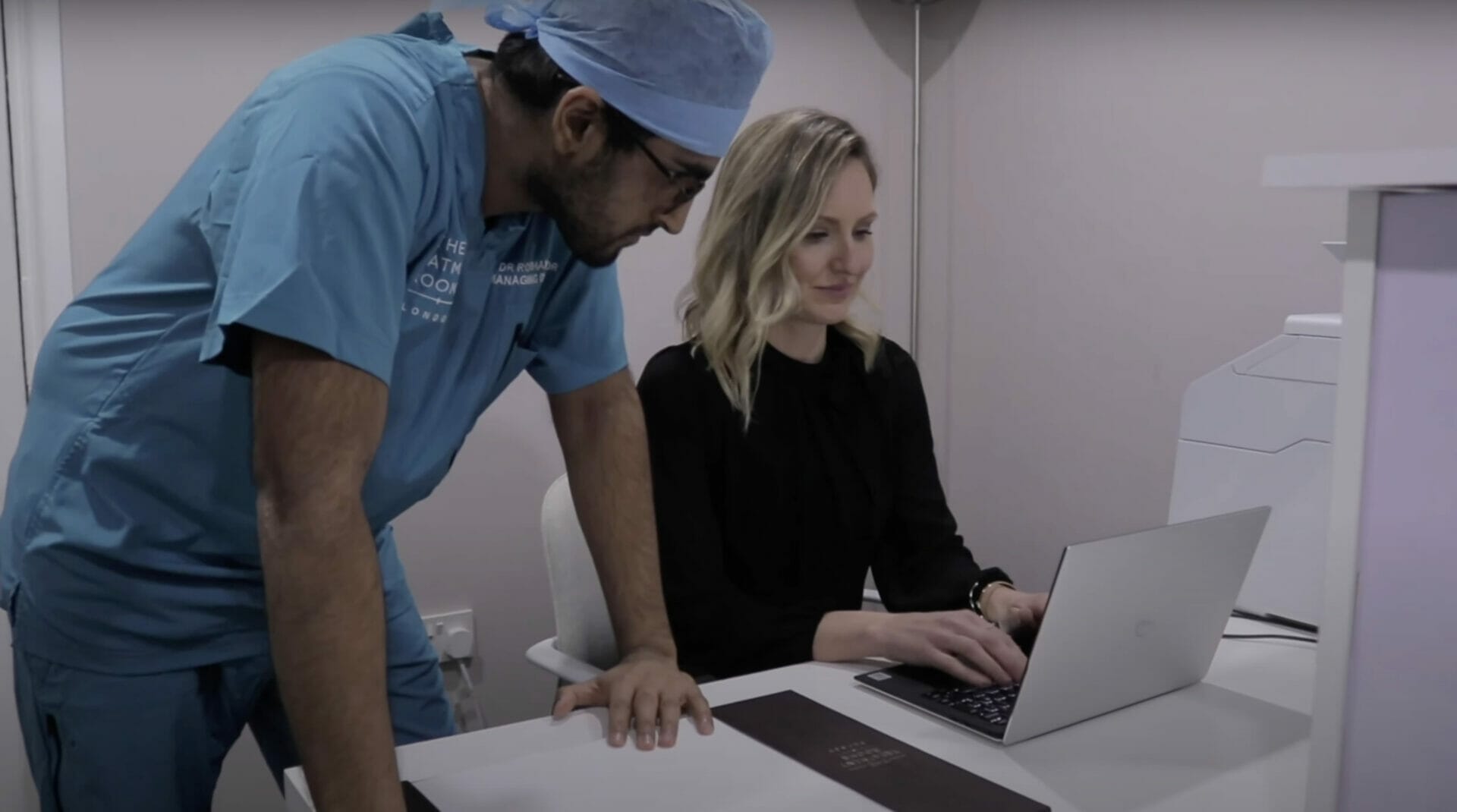
What did I do during the hair transplant procedure?
I mostly enjoyed a combination of Netflix, Amazon Prime and Spotify.
Once the nerves had settled, it was sort of like a spa day, only you walked away from this spa with more hair than you had before.
Are The Treatment Rooms expensive?
I ended up having 1397 grafts at £4.50 per graft, so the procedure totalled £6,000.
That’s pricier than most —- others quoted around £5,000 for the same number of grafts.
Personally, for a decision as important as this, spending that extra cash was a no-brainer. I’ll scrimp to save money on my energy provider or my broadband, but not a life-altering treatment like a hair transplant.
The care I received before, during and after the procedure was well worth it.
What happens after a hair transplant?
If I’m being honest, the days after a hair transplant are challenging.
My scalp was quite itchy for some time afterwards, and I had to be careful. I couldn’t wear certain hats (including the trilby, thankfully), and I needed to wear button-up shirts to avoid pulling anything over my head and disturbing my scalp.
Showering also became a challenge due to the strength of the water on my head, so I spent the next few days having baths instead.
Dr Vara had already briefed me on what to expect, so none of this came as a huge surprise, but it was nice to know that he and The Treatment Rooms team were only a phone call away.
When I started getting scabs during the first few days, I even sent him a pic to check if it was normal. It is, by the way!
Life after a hair transplant
It’s been 18 months now, and I honestly can’t believe I didn’t look into hair transplanting earlier. The transformation has been incredible. New people don’t even realise I’ve had a transplant, and it looks so natural — even my dad is thinking about booking an appointment.
In many respects, this review is as much about taking the plunge when it comes to hair transplants as it is about The Treatment Rooms. If you’re undecided, please do look into it for yourself: it’s a safe, effective option for most people.
But if you’re already sure you want a hair transplant, I’d fully recommend The Treatment Rooms. Yes, there are cheaper options, but few have the reputation, expertise or patient care that Dr Vara and Dr Fernando offer.
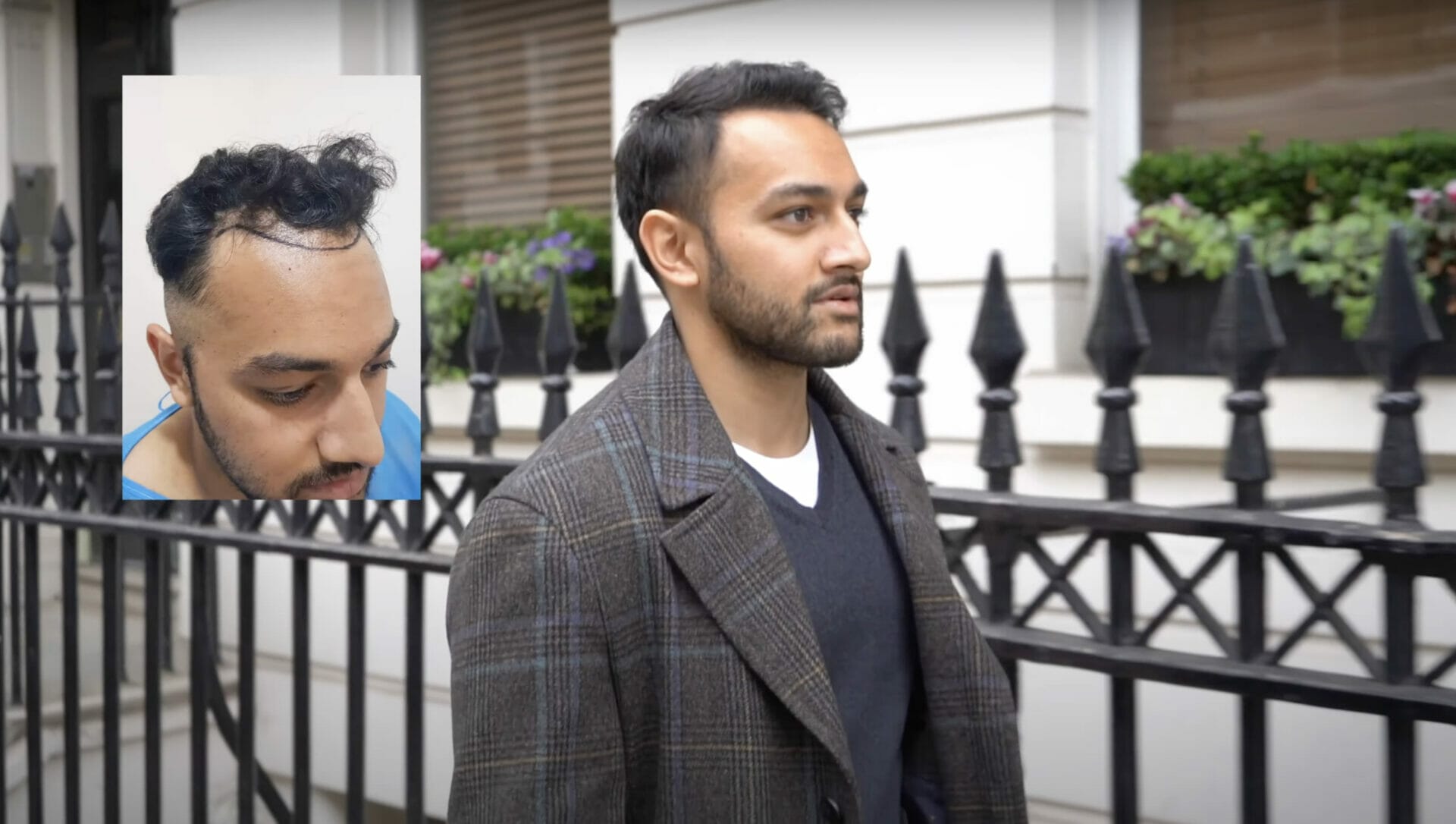
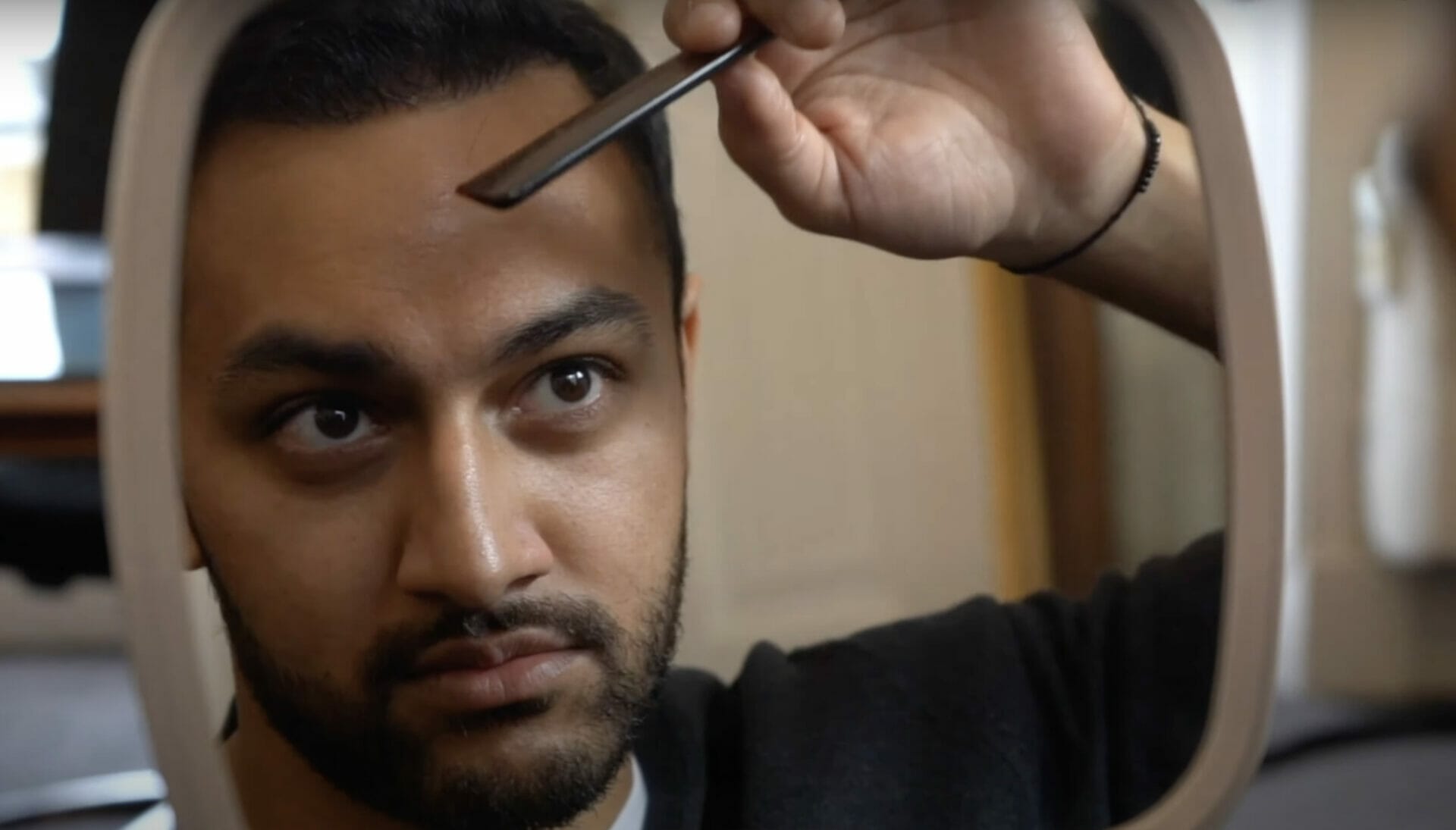
Update! After reading my review, The Treatment Rooms loved it so much that they reached out to me to offer priority slots for an initial consultation to any of our readers who enquire with them — and they usually have a four-month waiting list! Click here to make a free, discreet enquiry (just mention this review when you book your free consultation.).